How ancient cultures used astronomy
The night sky has always been a source of wonder and intrigue for humanity. Ancient cultures around the world turned their eyes to the heavens, finding not just beauty but meaning in the stars. Astronomy was not merely a scientific pursuit; it was a cultural cornerstone that influenced mythology, navigation, and even agriculture.
From the ziggurats of Mesopotamia to the pyramids of Egypt, ancient societies developed sophisticated methods to track celestial phenomena, demonstrating a universal fascination with the cosmos.
Stargazing in Ancient Mesopotamia: The Birthplace of Astronomy
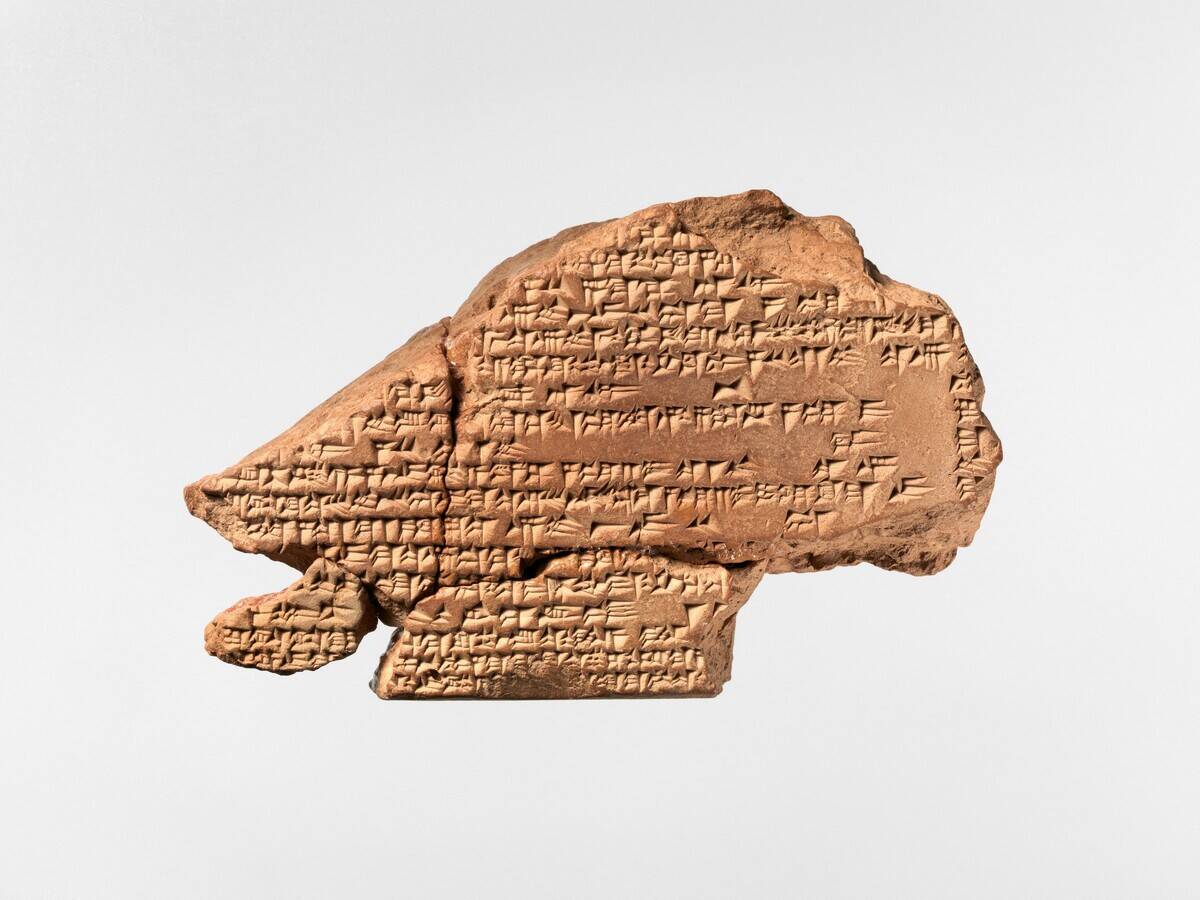
Ancient Mesopotamians are often credited as pioneers in the field of astronomy. They meticulously recorded the movements of celestial bodies, leading to the development of some of the earliest star charts. The famous Enuma Anu Enlil, a series of cuneiform tablets, details celestial omens and their interpretations.
The Mesopotamians believed these heavenly signs could predict earthly events, from weather changes to the fates of kings, making astronomy an essential tool for both priests and rulers.
Egyptian Celestial Navigation: Aligning with the Stars
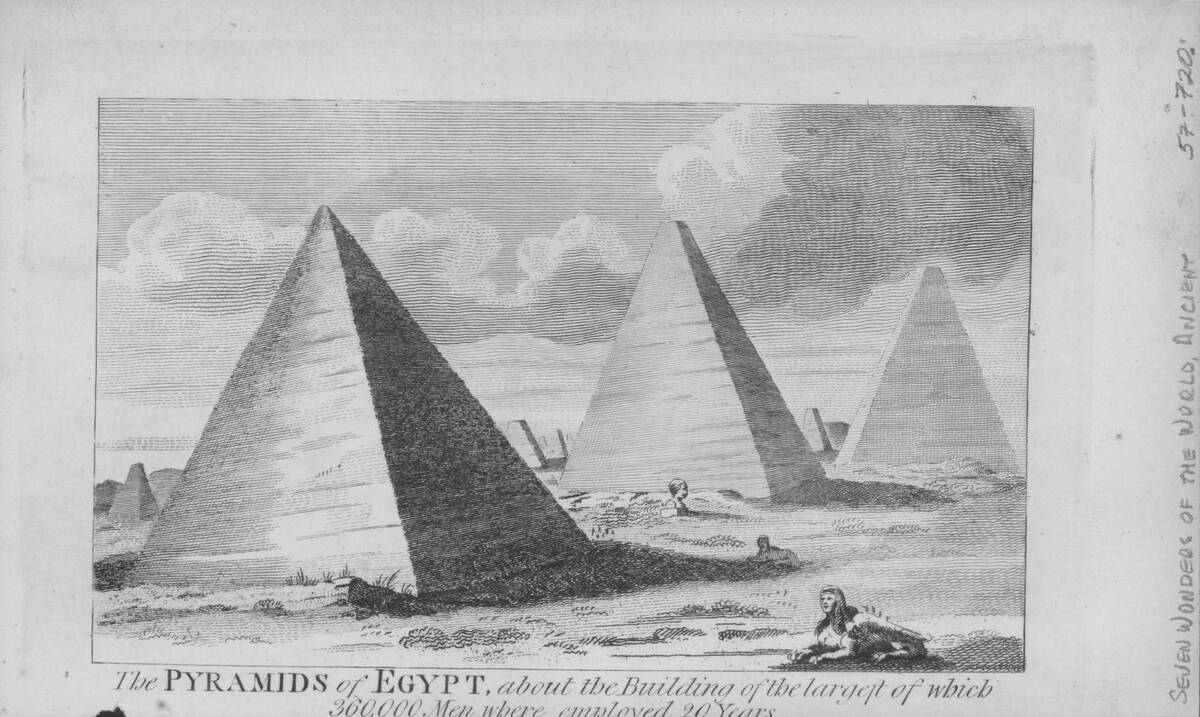
In Egypt, the stars played a critical role in both religion and navigation. The Great Pyramid of Giza is famously aligned with the cardinal directions, demonstrating the Egyptians’ advanced understanding of astronomy.
They also used the heliacal rising of Sirius to predict the annual flooding of the Nile, which was crucial for agriculture. Their sky goddess, Nut, was depicted arching over the earth, encapsulating the belief that the stars were divine entities guiding the cycles of life and death.
The Mayan Calendar: A Cosmic Timekeeper
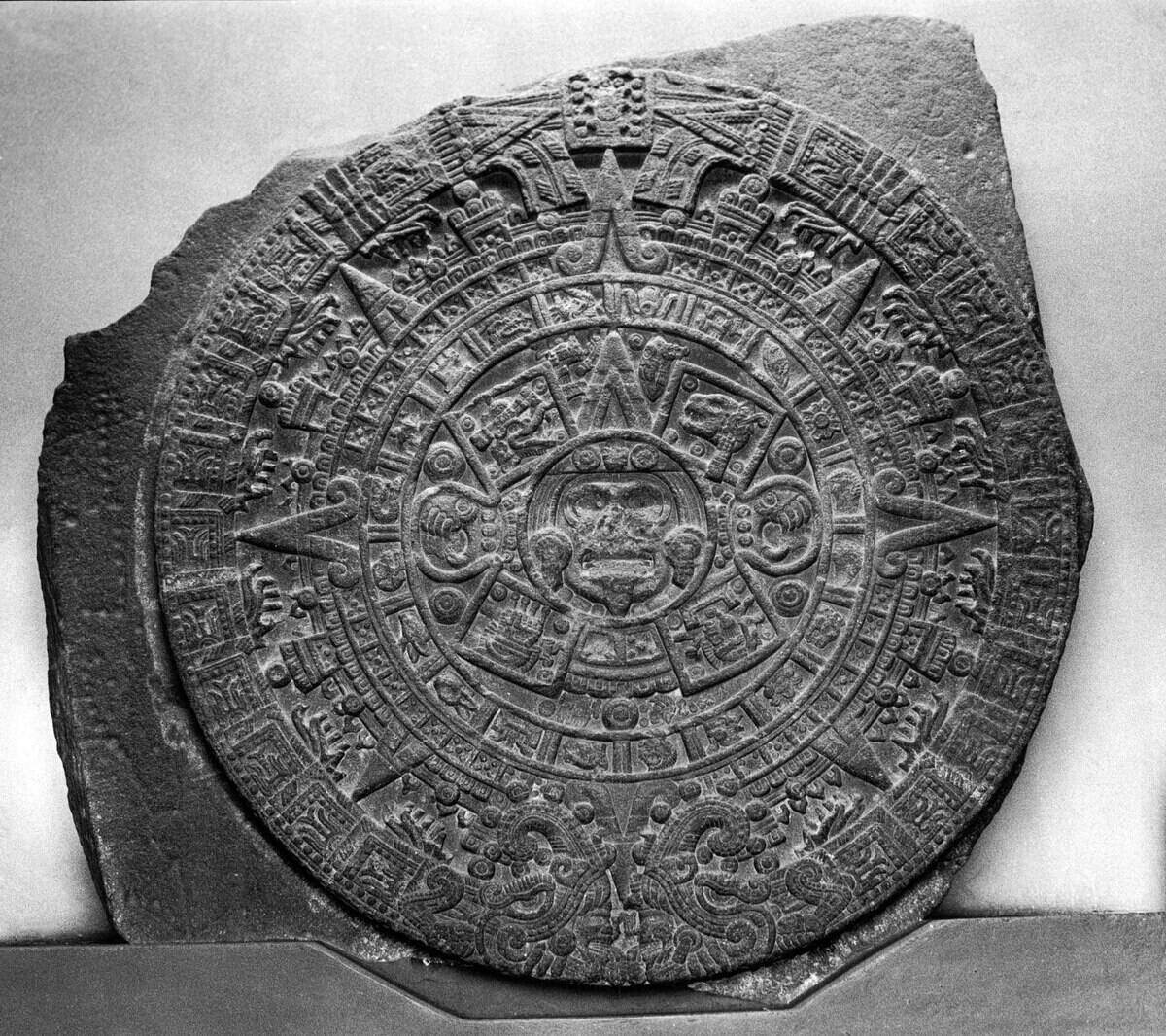
The Mayans are renowned for their complex calendar system, which was intricately linked to their astronomical observations. The Mayan Long Count calendar famously predicted the end of a time cycle in 2012, sparking modern-day intrigue.
They tracked celestial bodies with such precision that their calculations of the solar year were more accurate than those used in Europe during the same era. For the Mayans, time was a cyclical concept, with the movements of the heavens intimately tied to earthly events.
Greek Mythology and the Stars: Stories Written in the Sky
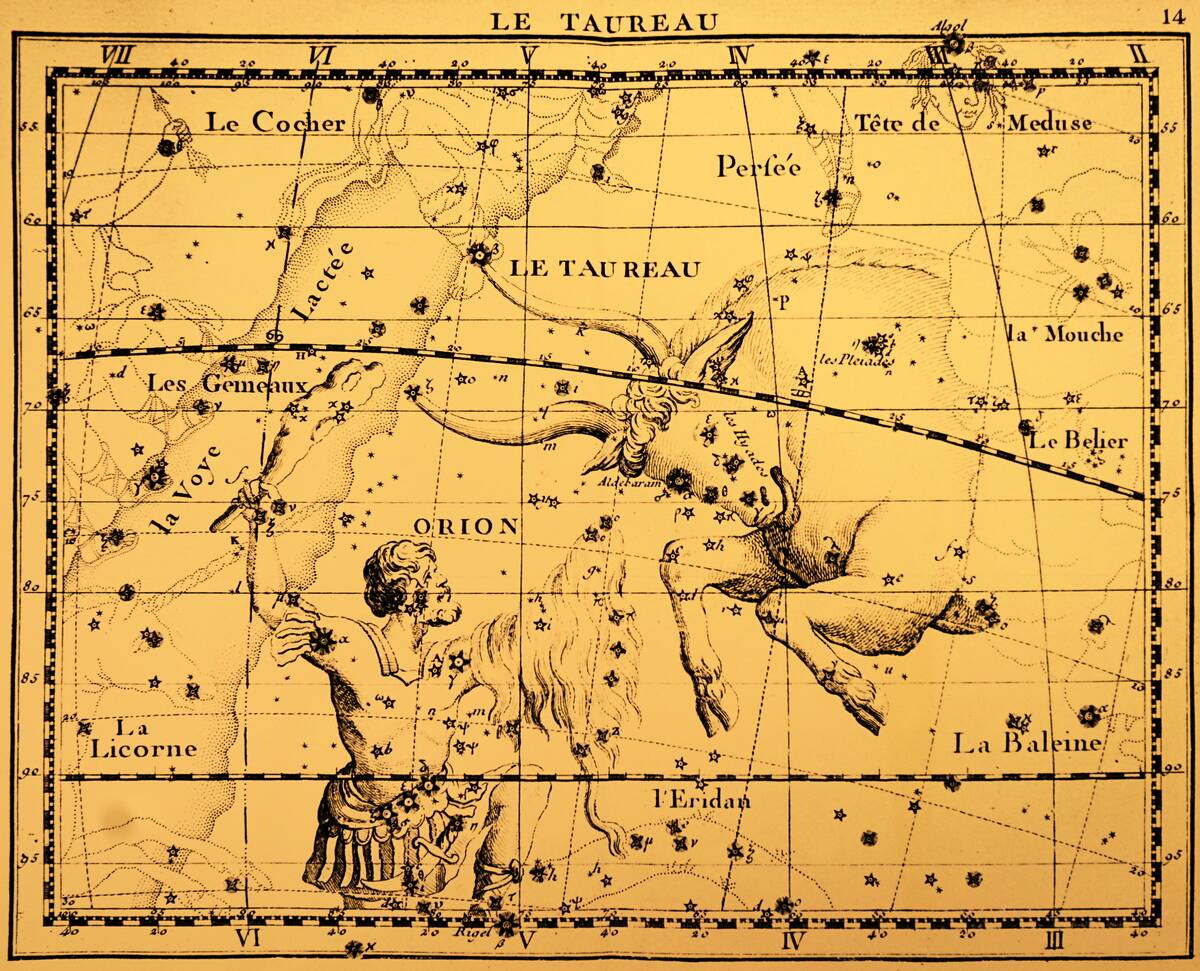
For the ancient Greeks, the stars were a canvas for mythological tales. Constellations like Orion, named after a legendary hunter, and Andromeda, the chained princess, are rooted in these narratives.
The Greeks built on Babylonian and Egyptian astronomical knowledge, developing theories about the cosmos that laid the groundwork for future scientific endeavors. Figures like Ptolemy and Hipparchus made significant contributions, cataloging stars and theorizing about the geocentric model of the universe.
Ancient Chinese Astronomy: Harmony Between Heaven and Earth
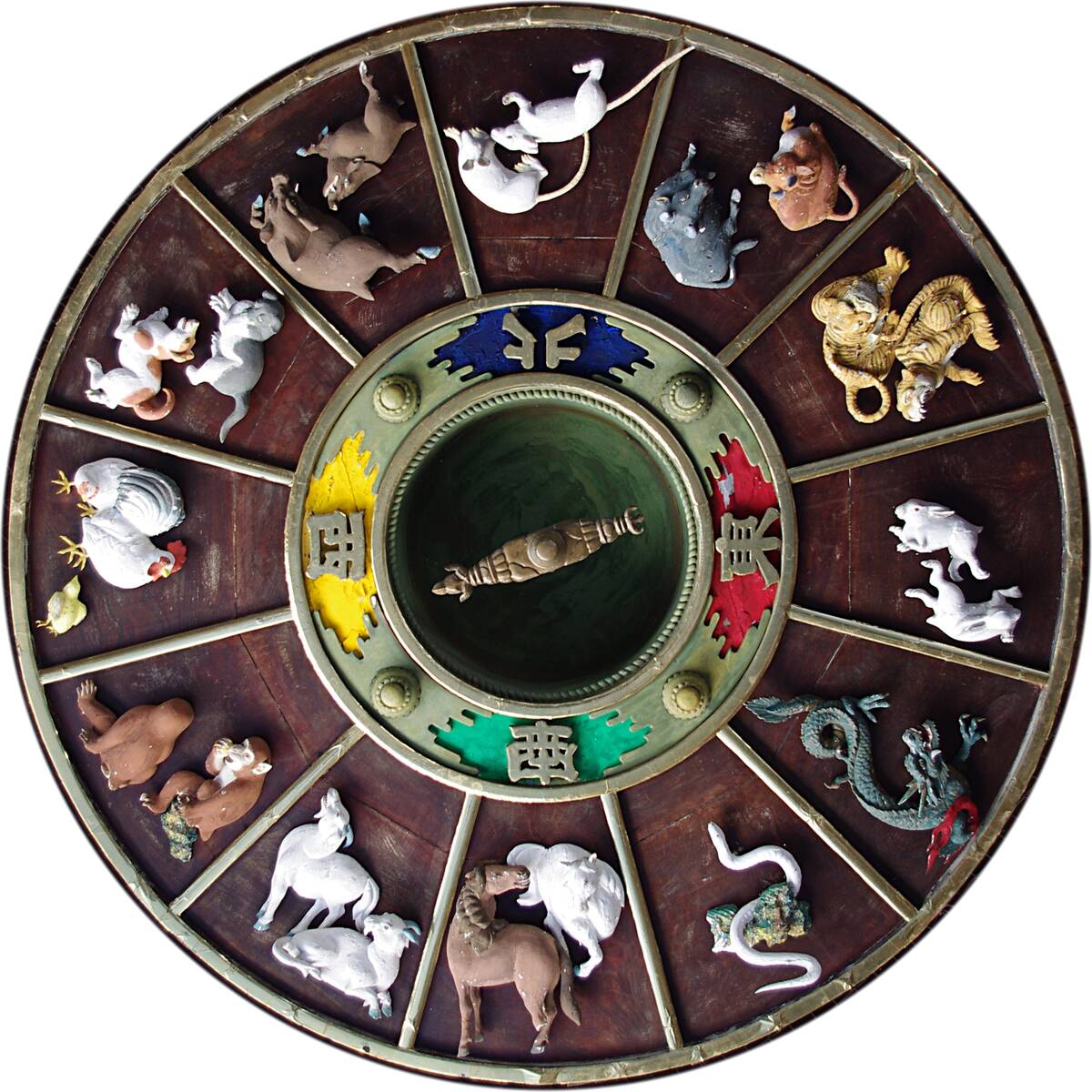
In ancient China, astronomy was a blend of science, philosophy, and politics. The concept of the Mandate of Heaven tied celestial phenomena to the emperor’s divine right to rule. Chinese astronomers kept detailed records of celestial events, including eclipses and comets, that date back thousands of years.
The Chinese Zodiac, based on the lunar calendar, continues to influence cultural practices today. Harmony between heaven and earth was a core belief, reflected in their meticulous star maps and observatories.
The Indian Vedic Tradition: Cosmic Order and Astrology

Indian Vedic astrology, or Jyotisha, is one of the oldest systems of astrology in the world. Rooted in the Vedic texts, it emphasizes the cosmic order and its influence on human destiny.
The ancient Indians made significant advancements in understanding planetary movements, developing the concept of the zodiac signs and the lunar mansions known as Nakshatras. These celestial insights were not only used for personal guidance but also played a role in determining auspicious times for rituals and ceremonies.
Norse Cosmology: The Viking’s Celestial Map

The Vikings held a rich cosmology where the stars and skies were intertwined with their myths and legends. The Norse believed in a universe composed of nine worlds, with the mighty Yggdrasil tree at its center, connecting the heavens and the earth.
They used the stars for navigation, relying on their understanding of the night sky to traverse the seas. The constellation we know as the Big Dipper was seen as the great wagon, guiding them across the vast oceanic expanses.
Indigenous Australian Astronomy: The Emu in the Sky

Indigenous Australian cultures have a rich tradition of astronomy, using the stars not only for navigation but also for storytelling. One of the most well-known constellations is the “Emu in the Sky,” which is formed by the dark spaces within the Milky Way.
This cosmic emu is a significant cultural symbol, representing creation stories and seasonal changes. The deep connection between the land, sky, and cultural heritage showcases the intricate understanding Indigenous Australians have of the cosmos.
Polynesian Wayfinding: Navigation by the Stars
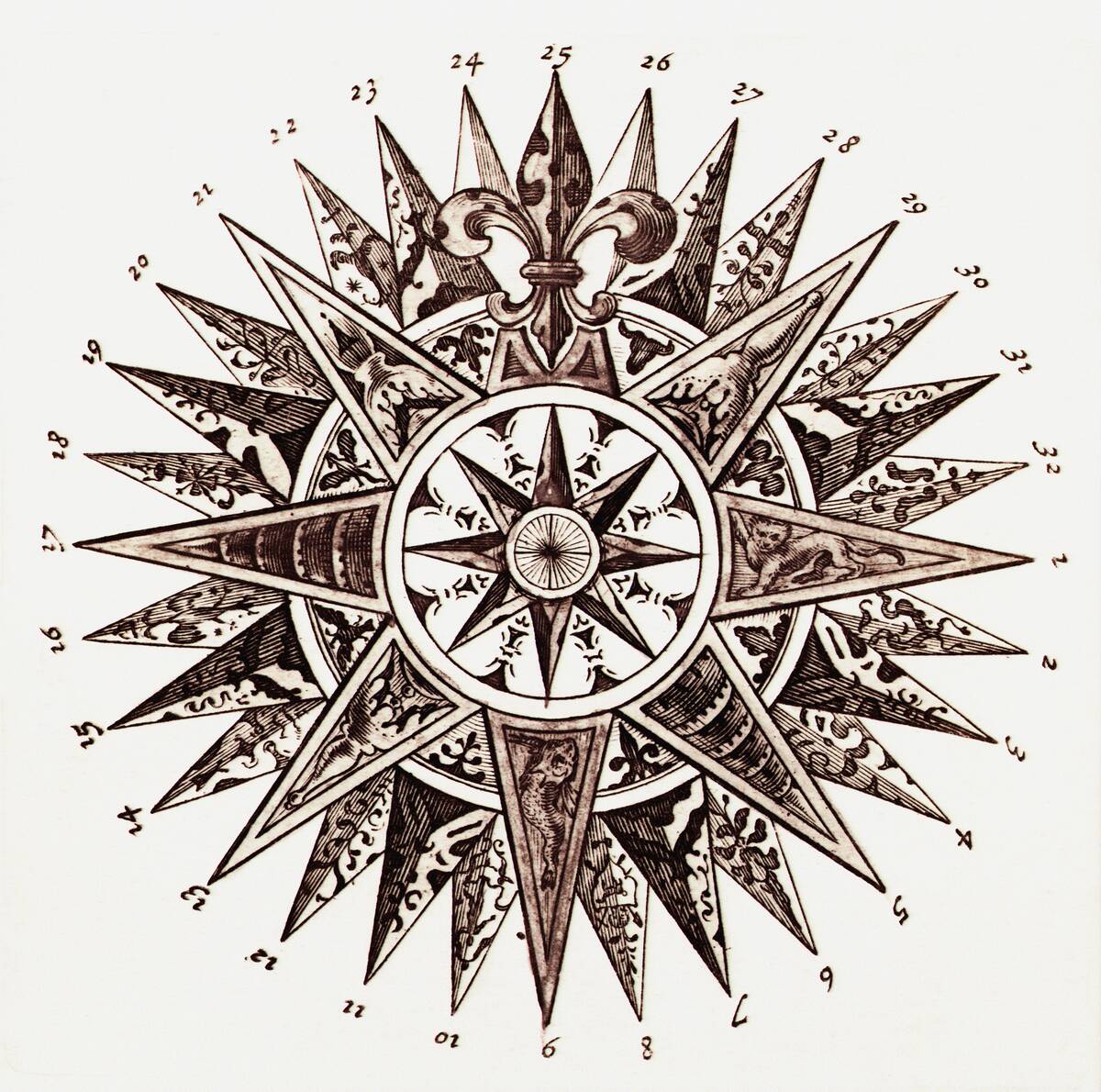
Polynesians are legendary navigators, known for their incredible ability to traverse vast ocean distances using only the stars, winds, and waves as guides. The Polynesian star compass, a mental map of the night sky, allowed them to sail between islands with remarkable precision.
This traditional form of navigation, known as wayfinding, was passed down through generations and remains a source of cultural pride today. The resurgence of interest in these ancient techniques has led to a revival of traditional navigational practices.
Aztec Skywatchers: Gods and the Celestial Realm
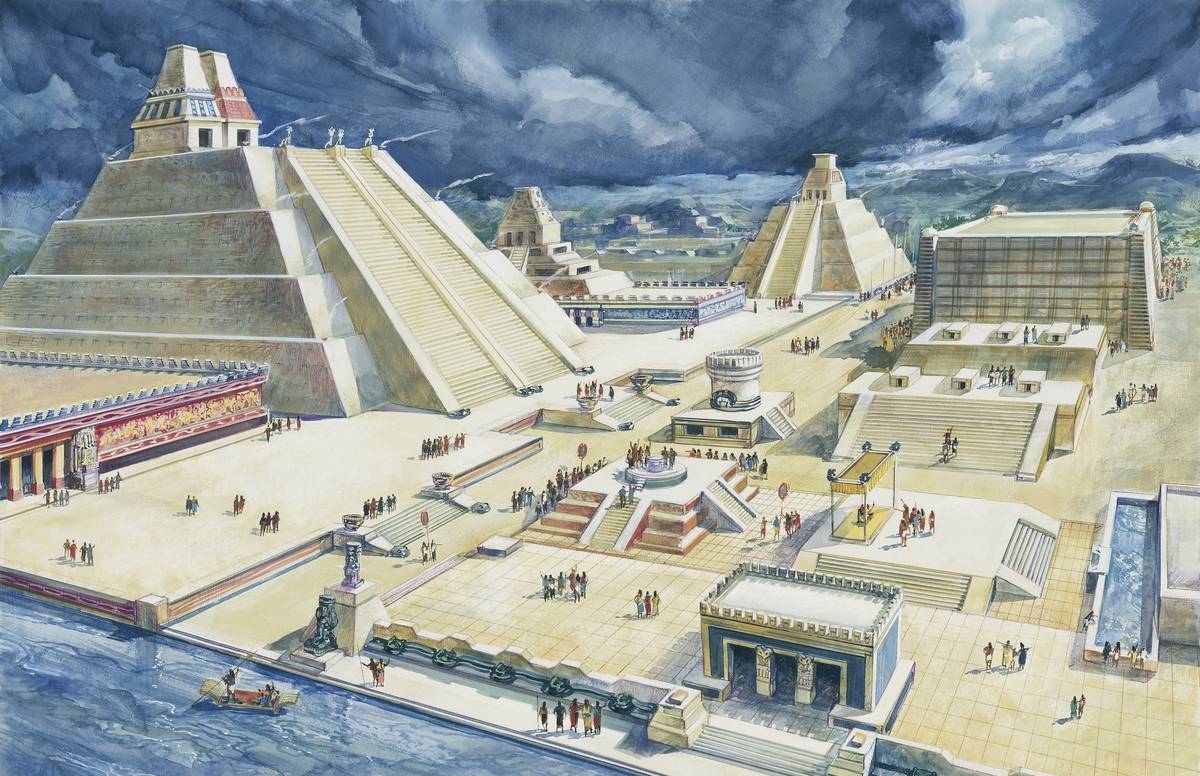
For the Aztecs, the stars were deeply intertwined with their pantheon of gods. The sun god Huitzilopochtli was central to their cosmology, and celestial events were seen as manifestations of the gods’ will. The Aztecs built impressive temples aligned with celestial bodies, such as the Templo Mayor in Tenochtitlan, where the rising sun appeared between its twin temples during key festivals.
Their intricate calendar system, combining a 260-day ritual cycle (Tonalpohualli) and a 365-day solar year (Xiuhpohualli), was used to plan religious ceremonies and agricultural activities, reflecting their sophisticated understanding of astronomy.
Inca Astronomy: The Sun’s Sacred Path
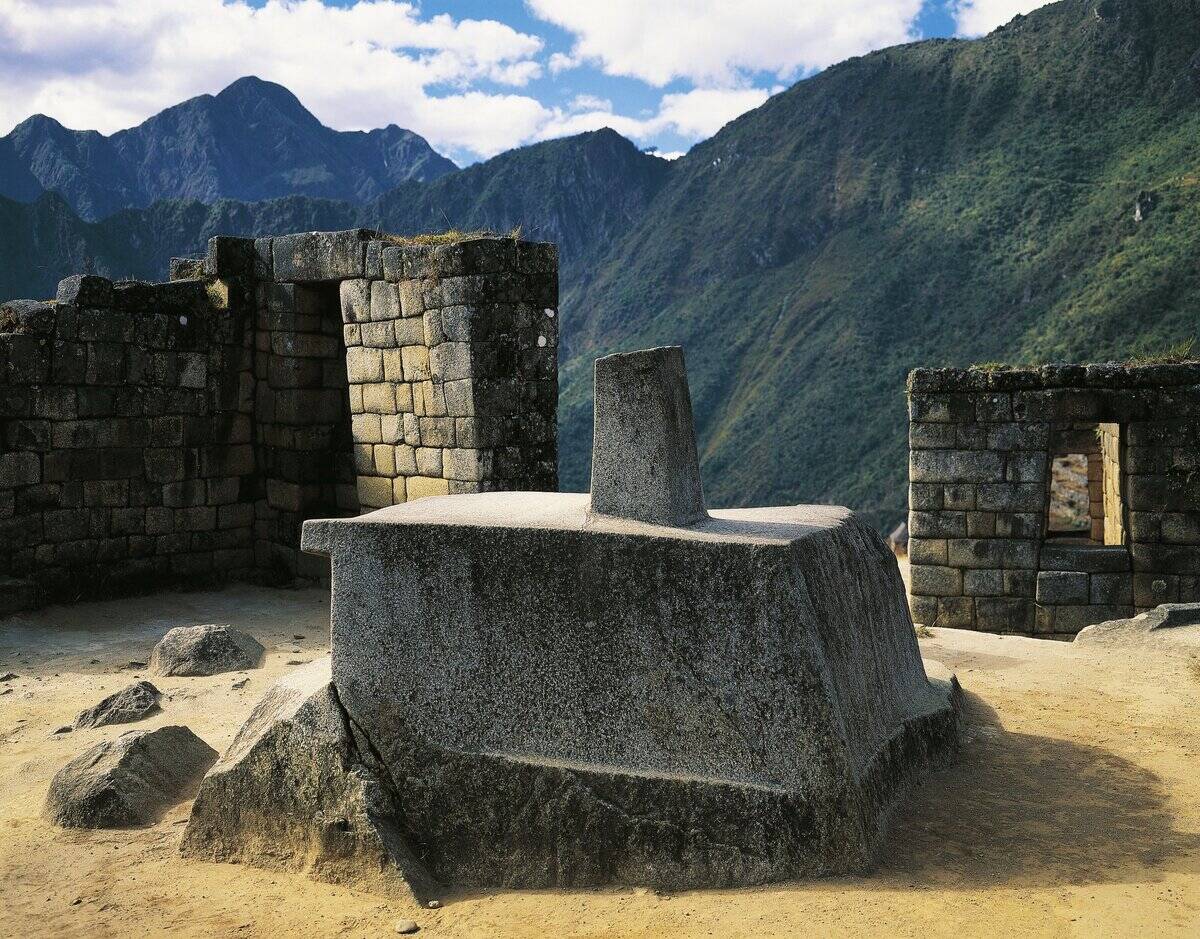
Inca civilization revered the sun as the source of life, with the sun god Inti at the heart of their religious practices. The Incas constructed observatories, such as the famous Intihuatana stone at Machu Picchu, to track the sun’s movements.
This allowed them to determine solstices and equinoxes, which were crucial for agricultural planning. The Incas’ astronomical knowledge was deeply connected to their spirituality and governance, with celestial events believed to influence the fate of their empire.
Babylonian Star Charts: Mapping the Heavens
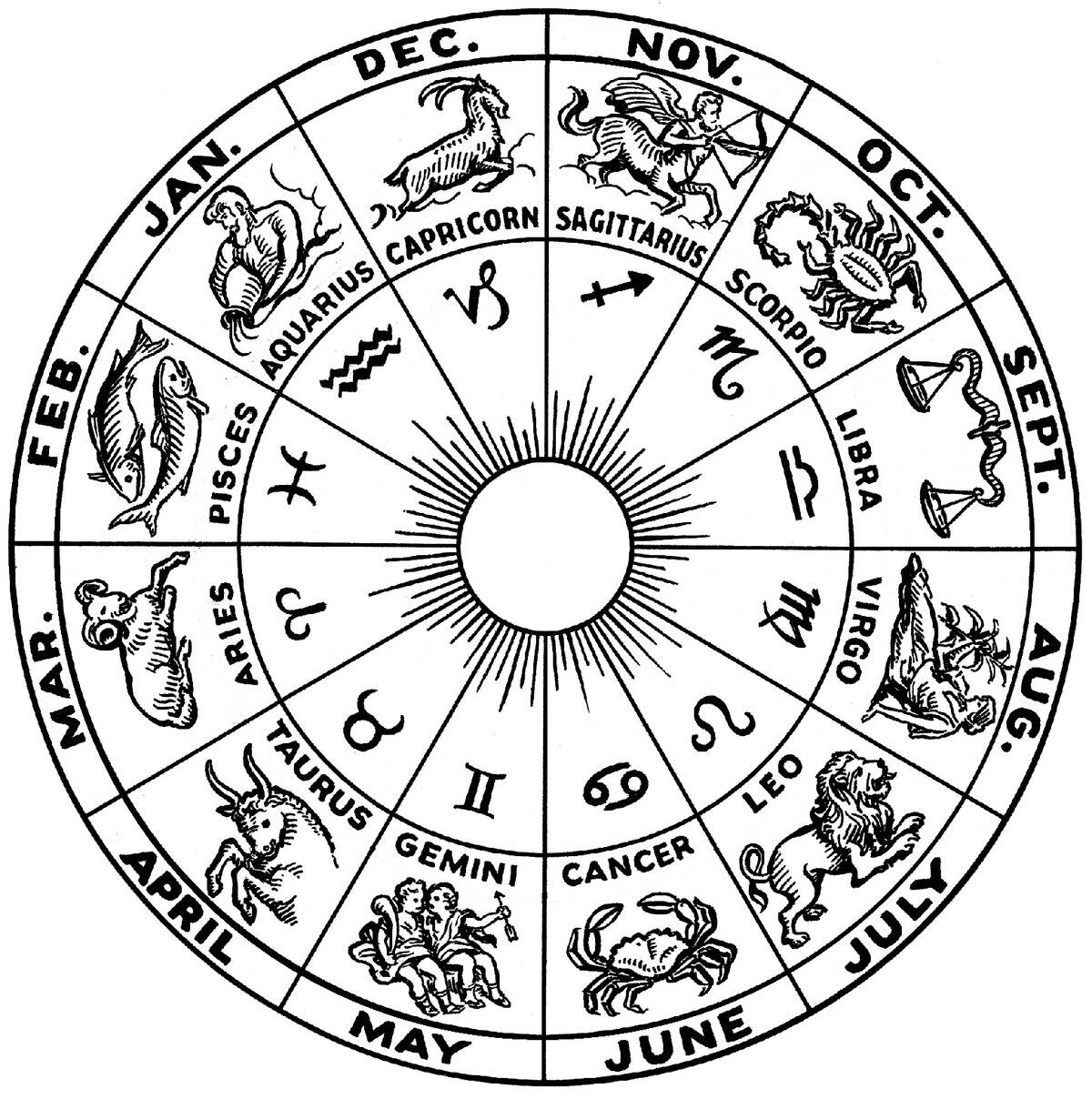
Babylonian astronomers were among the first to create star charts, meticulously mapping the night sky. They developed a sophisticated understanding of celestial cycles, which they used to predict lunar and solar eclipses. Their work laid the foundation for future astronomical studies, influencing Greek and Islamic astronomers.
The Babylonians’ division of the sky into 12 zodiacal signs is a legacy that continues to impact modern astrology, demonstrating their enduring influence on our understanding of the cosmos.
Native American Star Lore: Legends of the Night Sky
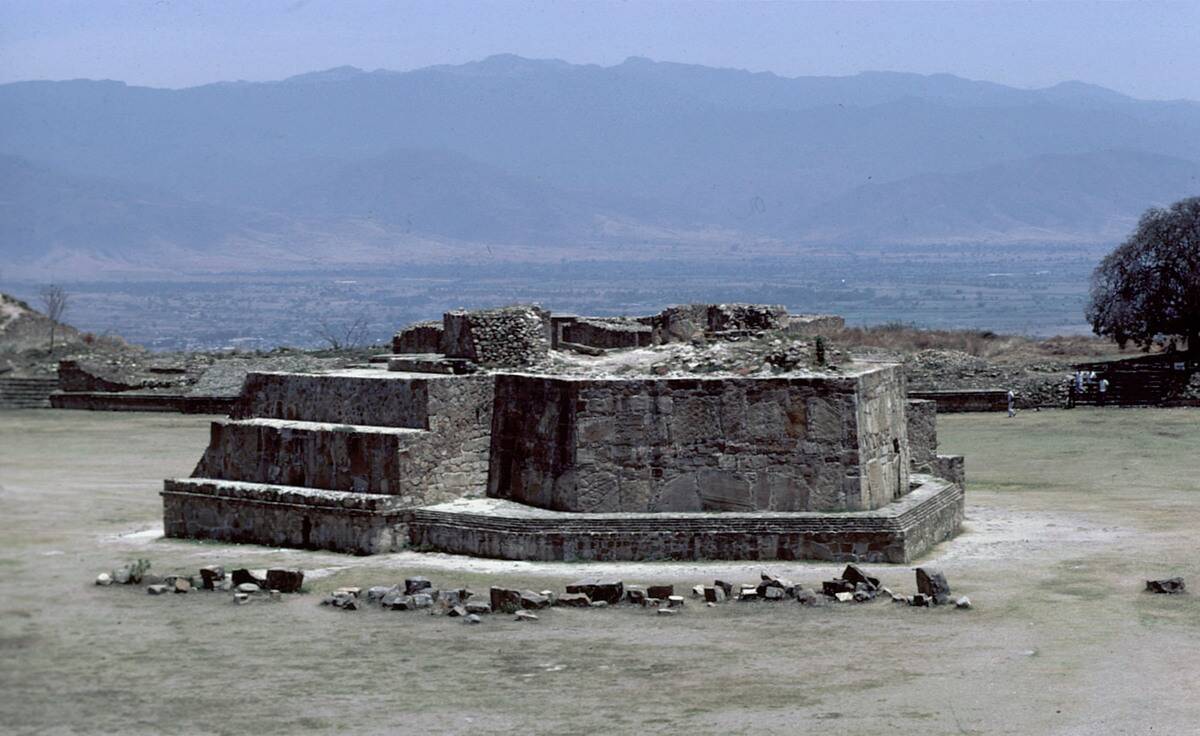
Native American cultures have a rich tradition of star lore, using the night sky as a canvas for storytelling and spiritual guidance. Constellations like the Big Dipper were interpreted in various ways, often connected to mythological figures or animals.
The Pawnee, for example, believed the stars were the spirits of their ancestors watching over them. These celestial narratives were passed down through generations, preserving cultural heritage and offering insights into the deep connection between nature and spirituality.
Astronomy in Ancient Rome: From Omens to Science
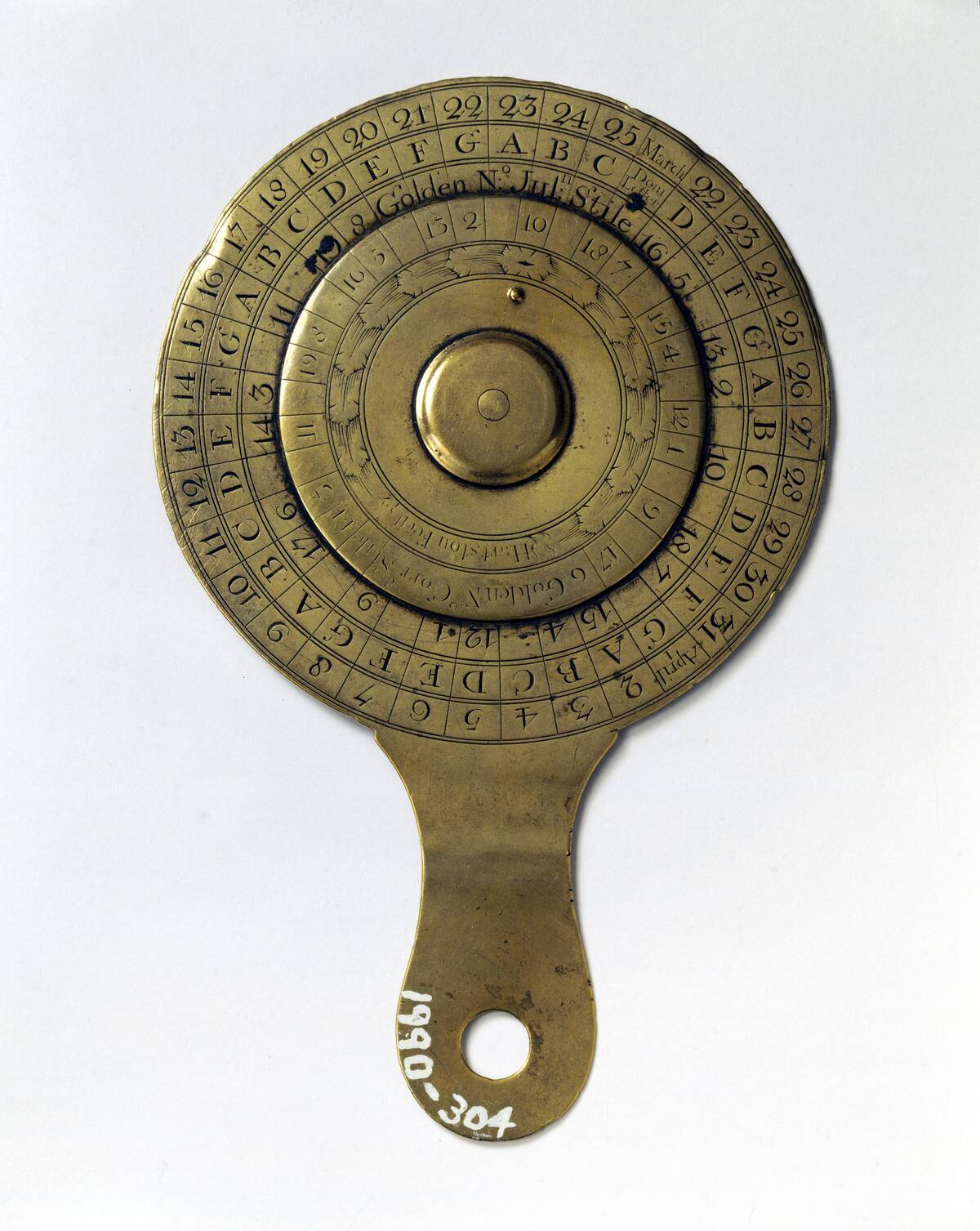
In ancient Rome, astronomy was a blend of superstition and scientific inquiry. Roman astronomers, influenced by Greek and Babylonian knowledge, contributed to the development of the Julian calendar, introduced under Julius Cesar, which more accurately reflected the solar year.
They viewed celestial events as omens, interpreting them to predict political and social outcomes. This blend of astrology and astronomy eventually paved the way for a more scientific approach to studying the heavens, as evidenced by figures like Ptolemy of Greece, whose works were foundational for centuries.



